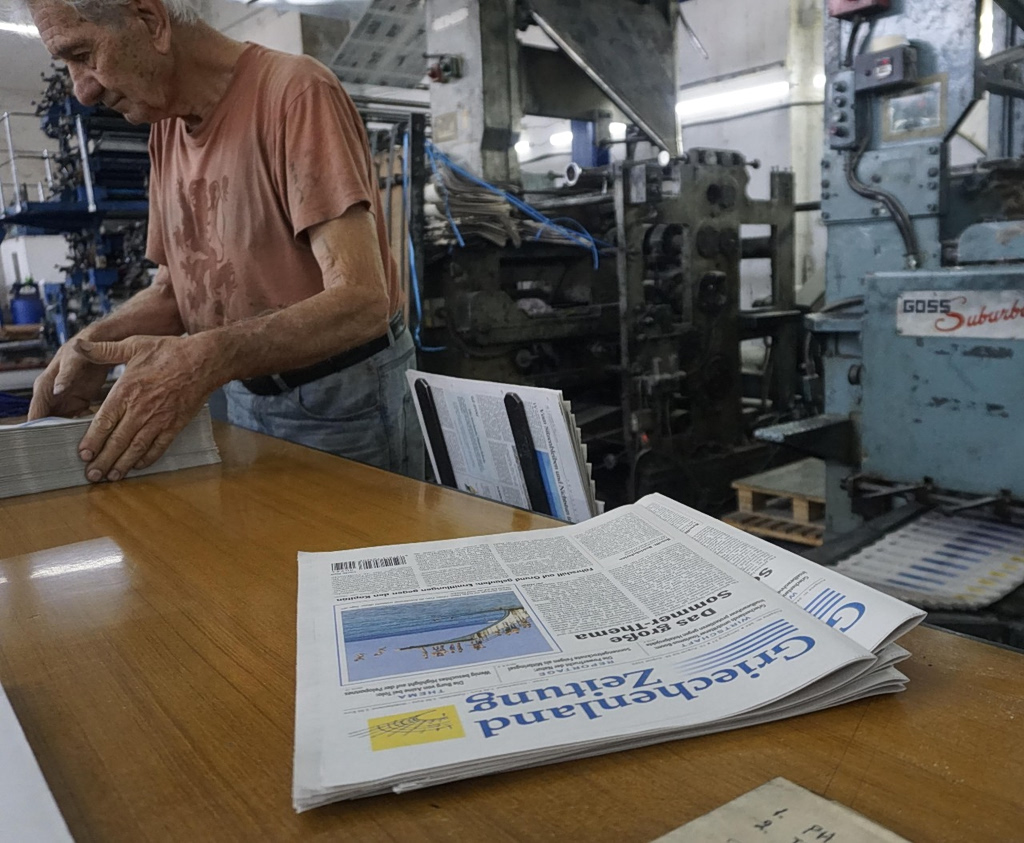According to preliminary data from Eurostat, inflation in Greece stood at 3% in September (down from 3.2% in August). The consumer price index (CPI) in the Eurozone rose by 1.8% during the same month (down from 2.2% in August), falling below the 2% threshold set by the ECB.
According to Eurostat, inflation in Greece continues to surge, as the country posted the highest annual price change for September with 1.7%, followed by Portugal and Italy with 1.2%.
As for the main components of inflation in the Eurozone, services are estimated to have the highest annual rate in September (4.0%, compared to 4.1% in August), followed by food, alcohol, and tobacco (2.4%, compared to 2.3% in August), non-energy industrial goods (0.4%, unchanged from August), and energy (-6.0%, compared to -3.0% in August).
The core inflation rate, which excludes volatile energy and unprocessed food prices, was 2.7% in the Eurozone in September, down from 2.8% in August.
The Harmonized Consumer Price Index (HCPI) fell to 1.8% in September, lower than expected, according to preliminary data from the country’s statistical office.
Economists polled by Reuters had expected it to reach 1.9%. In August, the harmonized HCPI had dropped significantly to 2%. On a monthly basis, the preliminary harmonized HCPI decreased by 0.1%, contrary to Reuters’ forecast that it would remain unchanged.
Core inflation, which excludes food and energy costs, was 2.7% in September, slightly lower than the 2.8% in August. Meanwhile, services inflation dropped to 3.8% after remaining steady at 3.9% for several months.
Meanwhile, in the other two largest EU economies, France and Spain, inflation fell below the 2% target set by the European Central Bank (ECB), reinforcing the scenario that the ECB may accelerate the pace of interest rate cuts.







